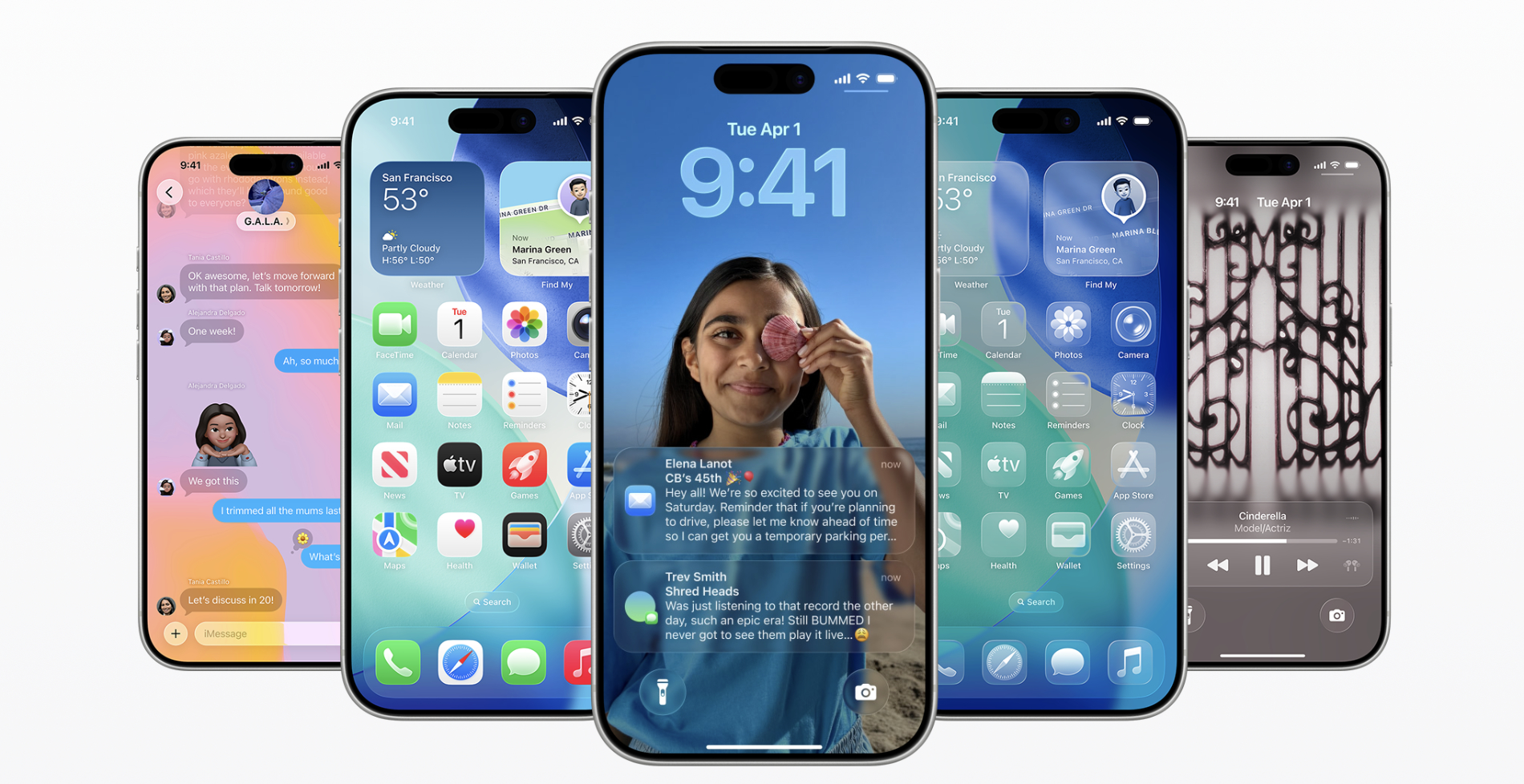
Instagram is introducing Teen Accounts to automatically enroll young users into an app experience with built-in protections. The company announced that starting on Tuesday, it will start placing all current and future accounts held by a teenager into a Teen Account. Instagram is also rolling out new updates to its parental supervision feature that allows parents to monitor their child’s activity on the social network.
The changes come nine months after Instagram, alongside other popular social networks, was grilled by lawmakers for not doing enough to protect young users on its platform.
Although teens on Instagram are already placed into several protections by default, they have the option to opt out of them if they don’t have a supervised account. Now they’ll need their parent’s permission to do so if they’re under the age of 16 — even if they don’t have a supervised account.
This change aims to address concerns that Instagram’s teen protections were more for show than actually meeting the safety requirements lawmakers and regulators have been proposing.
The new built-in protections will limit who can contact a teen on the app and will restrict the type of content the account holder can view. To request a change, teens will need to set up parental supervision and ask permission.

With a Teen Account, teens will need to choose whether or not to accept new followers and can only receive messages from people they follow or are already connected to. (Meta told TechCrunch that Instagram considers a teen connected to someone if they are friends on another Meta platform like Facebook or Messenger, or if they accepted a DM request from them in the past to chat but didn’t follow them.)
Teens can also only be tagged or mentioned by people they follow. Plus, the app will automatically filter out offensive words and phrases from a teen’s DMs and comments on their posts.
In addition, teens will be restricted from seeing some sensitive content in the app’s Explore page and in Reels. For instance, the app won’t show them content that shows people fighting or content promoting cosmetic procedures.
To address screen time concerns, teens will be notified to close the app after they have used it for an hour each day, and Instagram will automatically enable sleep mode between 10 p.m. and 7 a.m. each day to mute notifications overnight. During this time, the app will send auto replies to any direct messages (DMs) they receive.
While parents have been able to set custom daily time limits and add scheduled breaks for their teens on the app, Sleep Mode now applies to every teen on the app, regardless of whether their parents have set their own limits or not. Previously, Instagram would only nudge teens to close the app if they were using it at night.
This is a sizable step toward addressing mental health concerns tied to social media, as raised by the U.S. Surgeon General and various states, some of which have even gone so far as to restrict teens from using social media without a parent’s consent.
Teens under the age of 16 will also need a parent’s permission to change any of the default settings that come with a Teen Account. If a parent wants more control over their older teen’s experiences, they can choose to set up parental supervision.

As part of the rollout of Teen Accounts, younger users will get access to a new feature that lets them select topics they want to see more of on the Explore page and in their recommendations. They can select topics like Soccer, Crafts, Dance, Music & Audio, Cats, Food & Drink, Computer Science, and more. Instagram says this will help them to focus on more positive content.
Parents will be able to see the topics that their child has chosen to see content from, Instagram says. Of course, algorithms can still drive Instagram users to topics other than those they’ve selected, if the app detects that’s what the teen finds more engaging.
With an update to the parental controls, parents or guardians will be able to see who their teen has messaged in the past week. While they won’t be able to read the actual messages, they will now be able to get an idea of who their teen has been interacting with — even if they don’t have physical access to the teen’s device. This way, parents can raise concerns with their teens if they notice they’ve been engaging with unknown or problematic accounts.
Parents will also be able to determine how much time their child is allowed to spend on the app each day. After their child has reached that limit, they won’t be able to access the app. And parents can choose to block their teen from using the app at night altogether, as opposed to just relying on Sleep Mode to mute notifications.
Teens who sign up for Instagram will be placed in a Teen Account starting today.
Instagram plans to place all other teens into Teen Accounts within 60 days in the U.S., U.K., Canada, and Australia. Instagram will do so later this year for teens in the European Union and then in January for teens around the world.
Of course, some teens lie about their age when they sign up for social media platforms, which is why Meta is adding new ways to get teens to verify their age. For instance, if a teen tries to create a new account with an adult birthday, they will be required to verify their age by uploading an ID or taking a selfie video.
Instagram is also doing more to find accounts that belong to teens who entered a fake adult birthday in order to place them into Teen Accounts. Some of the ways the social network finds these account is by detecting happy birthday posts and receiving reports from other users.
Teen Accounts will roll out to other Meta platforms later this year.






